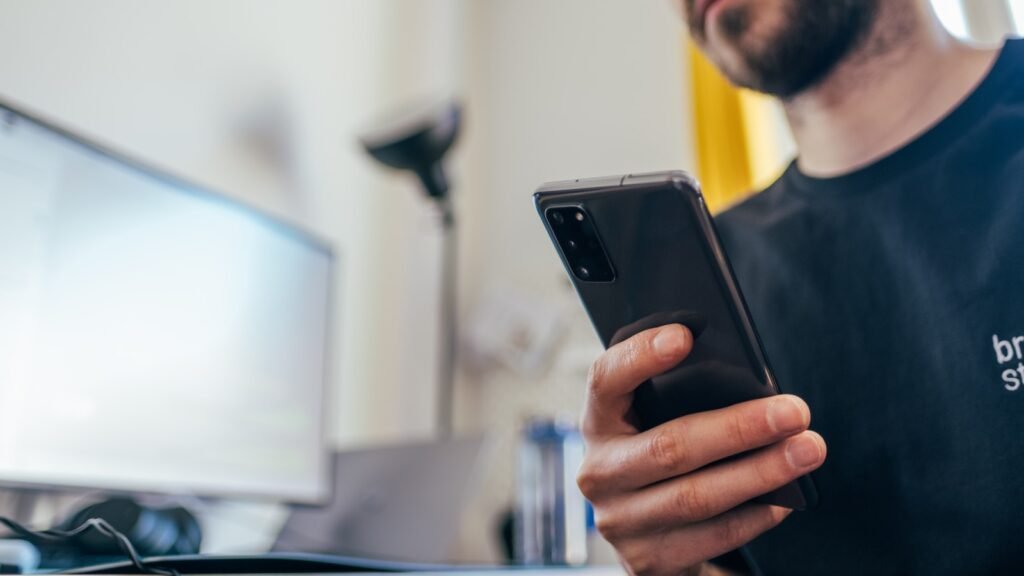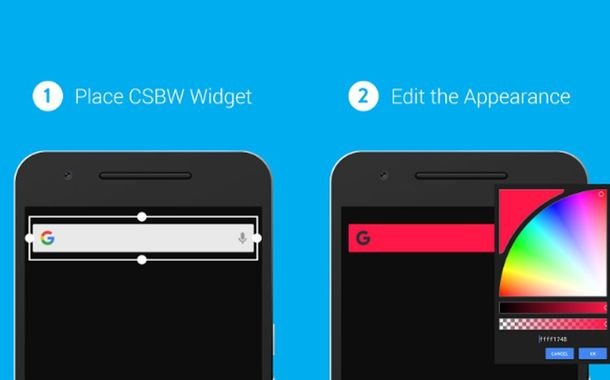Table of Contents
Highlights
- In 2025, minimalist apps focus on doing one thing exceptionally well, then disappear without taking much attention.
- Top picks of users who enjoy such applications include blockers like Freedom and Cold Turkey, writers like iA Writer and Obsidian, and planners like Things and Todoist.
- The goal is not to implement fewer features but to apply an intentional level of simplicity; a small, well-chosen stack removes friction and allows for real workflow.
Productivity minimalism is not about having fewer apps; it is about selecting tools that excel at a single task and then getting out of the way so work can get done.
In 2025, that ideal has gone mainstream: instead of layering features into one “everything” app, folks build small, opinionated tools that cut friction and mental overhead. Following is a no-nonsense, human-driven introduction to the top minimalist apps readers can actually apply to achieve more without distractions.
Focus & distraction-blocking
If the issue is temptation, the answer is usually an app that removes it. Cross-device blockers are particularly effective because users can lock their phones and desktops simultaneously, making it harder to find ways around their own limitations.
Tools such as Freedom allow users to create flexible schedules and personal blocklists, safeguarding work sessions without micromanaging each minute.

For individuals who require something more substantial, desktop-centric applications like Cold Turkey and FocusMe offer “nuclear” measures that are hard to circumvent; they are the ideal solution when willpower is insufficient and a lock that imposes physical resistance to distraction is necessary. For those who prefer gentle prods to locked doors, Forest offers a lighthearted, low-friction solution: a virtual tree takes root when the phone is left behind.
That subtle behavioral nudge works quite well for many phone-first users because it presents staying on task as a tiny accomplishment, not a penalty. For those who respond to social pressure, Focusmate’s virtual co-working spaces offer human accountability; brief, paired sessions establish a rapid check-in and check-out habit that avoids procrastination without complex settings.
Writing & notes
When writing or jotting down ideas, minimalism involves creating a quiet, uncluttered space to work. iA Writer does an excellent job of this by providing a distraction-free Markdown editor that deliberately strips away menus and bells so authors remain focused on the text. Its focus mode and low-key syntax coloring let authors see and complete sentences without messing with formatting.
Obsidian, in contrast, demonstrates how flexibility is possible within minimalism: out of the box, it is quiet and clean, but it also provides facilities for users to opt into plugins and visual tools such as Canvas when needed. The trick with Obsidian is to keep it simple at the beginning – apply a bare theme and enable only the essential plugins – so it becomes a streamlined second brain rather than a messy wiki.

For individuals who need blazingly fast capture without bells and whistles, applications like Bear (for macOS and iOS users) and Simplenote (cross-platform and open source) offer uncluttered interfaces and consistent syncing. These apps are constructed so ideas can be snapped quickly and stashed in a location where they won’t be lost, without requiring instant organization.
To-dos & time management
A minimal task system allows individuals to see what’s important today without planning an entire career. Things is a standout for Apple users because it introduces a stunningly opinionated set of perspectives. Today, Upcoming Projects—that scale without becoming a monster. It makes intelligent assumptions about users, reducing choice paralysis.
Suppose one app that remains light but offers a few handy extras is wanted. In that case, TickTick combines to-dos with a native Pomodoro timer, a habit tracker, and calendar integration, so everything stays in one place without clogging up the workflow.
Todoist is still a workhorse for those who appreciate quick capture and input of natural language; its surface is bare, but robust filters and stored views exist under the hood for when more advanced features are needed. Between these choices the minimalist trick is the same: maintain a small visible surface area and make advanced features something users choose to engage in only when they really assist.
How to choose a minimalist app
Selecting a minimalist app is not so much about brand names as about whether the tool supports how people or teams actually get work done. Prefer apps that specialize in a single task and do it well and that sidestep the cognitive overhead of changing context in mid-task. Capture has to be fast—if it takes longer than a second or two to record ideas or tasks, momentum seeps away.

Look for tools that are bare-bones by default with an opt-in route to adding complexity; that way the configuration begins in a clear desk state and adds a drawer, not the whole storage cabinet. Cross-device syncing is important primarily where attention leakage occurs: if the distraction happens on phones and tablets, use select blockers or note-taking apps that sync across devices so that habit change has a greater chance of persisting. These minimalist rules build a small stack that facilitates concentration instead of fighting for it.
Minimalist configurations that really work
Several small snacks reliably provide profound focus and consistent output. For individual deep work, pairing a blocker like Freedom with a distraction-free editor like iA Writer creates a straightforward but effective pattern: distractions are blocked, the editor offers a peaceful surface, and a Pomodoro beat sustains sessions.
For capture-heavy operations, a quick-capture application such as Simplenote can capture fleeting ideas, and a filtered Obsidian vault can be used for daily review and linking—Simplenote captures sparks, and Obsidian helps uncover patterns.
For daily planning, using Things or Todoist to set out tasks and combining it with a session-based app like Forest is an effective combination: planning in the morning, dedicated slots guarded throughout the day, and the tools melting away as the work is completed.

One last note on minimalism vs lacking features
Minimalism is not about withholding functionality from users; it’s about intentional constraint. The best minimal apps either eliminate friction—quick capture, robust sync—or add minute, focused features that promote attention, such as timers, locked sessions, or human accountability.
The goal is to select a few tools that align with real habits, turn off distracting notifications, and let software fade into the background so work remains at the forefront. When an app respects attention rather than demanding it, the reward is largest.
In 2025 the most intelligent productivity action is less about discovering a Swiss Army knife that does everything and more about creating a tiny, judiciously selected set of opinionated tools. A blocker safeguards deep time, a minimal editor facilitates the creation of work, and a straightforward task application navigates the day. Most importantly, the idea behind minimalist software is to vanish while work occurs—select a few tools that allow that to happen, and let the rest recede.